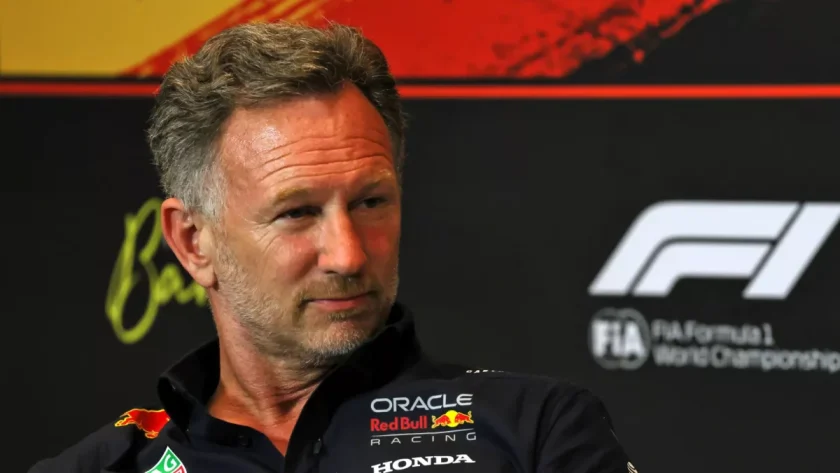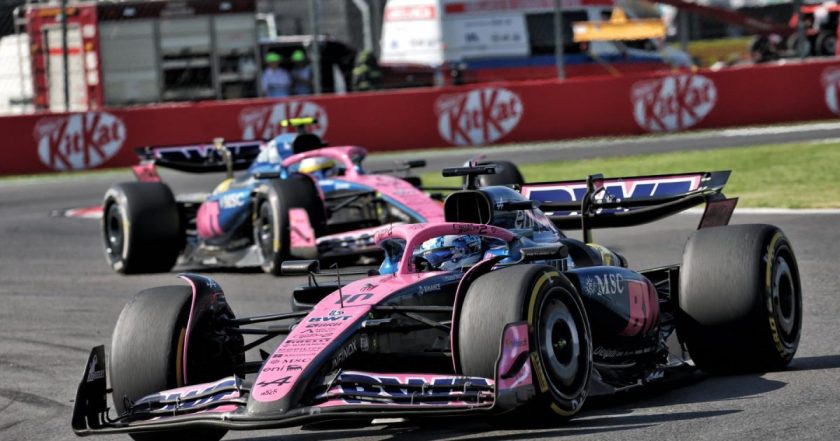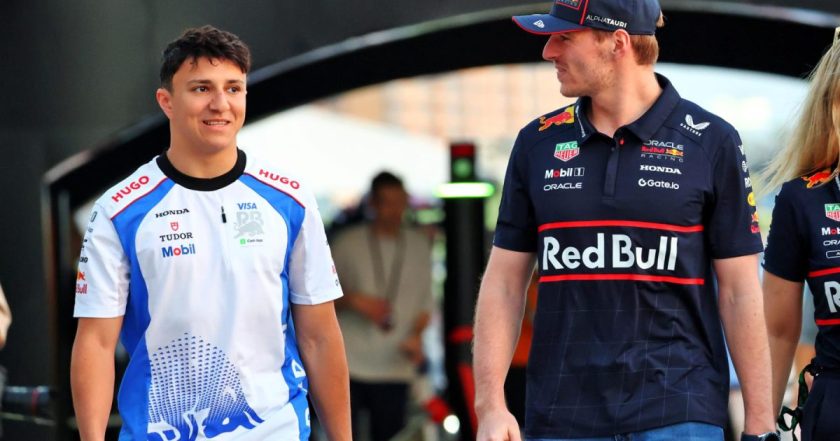P1racenews AI automatic summary:
F1 driver heights: Who are the shortest & tallest drivers?
In Formula 1, the height and weight of a driver can influence the adjustments made to the car by the team to maximize its performance potential. These factors determine the amount of ballast needed and its positioning within the car to optimize weight distribution. The FIA, in collaboration with taller drivers in the sport, has been working on improving regulations regarding car dimensions to ensure fair competition for all drivers. To prevent inherent disadvantages for taller drivers, the FIA has implemented measures such as setting a minimum cockpit size of 850mm long by 450mm wide. In 2019, F1 introduced an 80kg minimum weight limit for drivers, including their racing gear, to prevent underweight requirements that could jeopardize drivers’ health.
Taller drivers like Esteban Ocon and Alex Albon face challenges due to their height, as their fit within compact F1 cars can be uncomfortable and limit their movements. The constraints of car dimensions have been particularly challenging for Ocon, who struggled with issues of optimum seating position and comfort especially in his early F1 races. While taller drivers like George Russell and Nico Hulkenberg face similar challenges, Yuki Tsunoda, the shortest driver on the grid at 1.59 meters, also requires customized adjustments to his seat and pedals for optimal driving position. The diversity in driver heights in F1 reflects the ongoing efforts by the FIA to ensure fairness and equal opportunities for all competitors on the grid.






